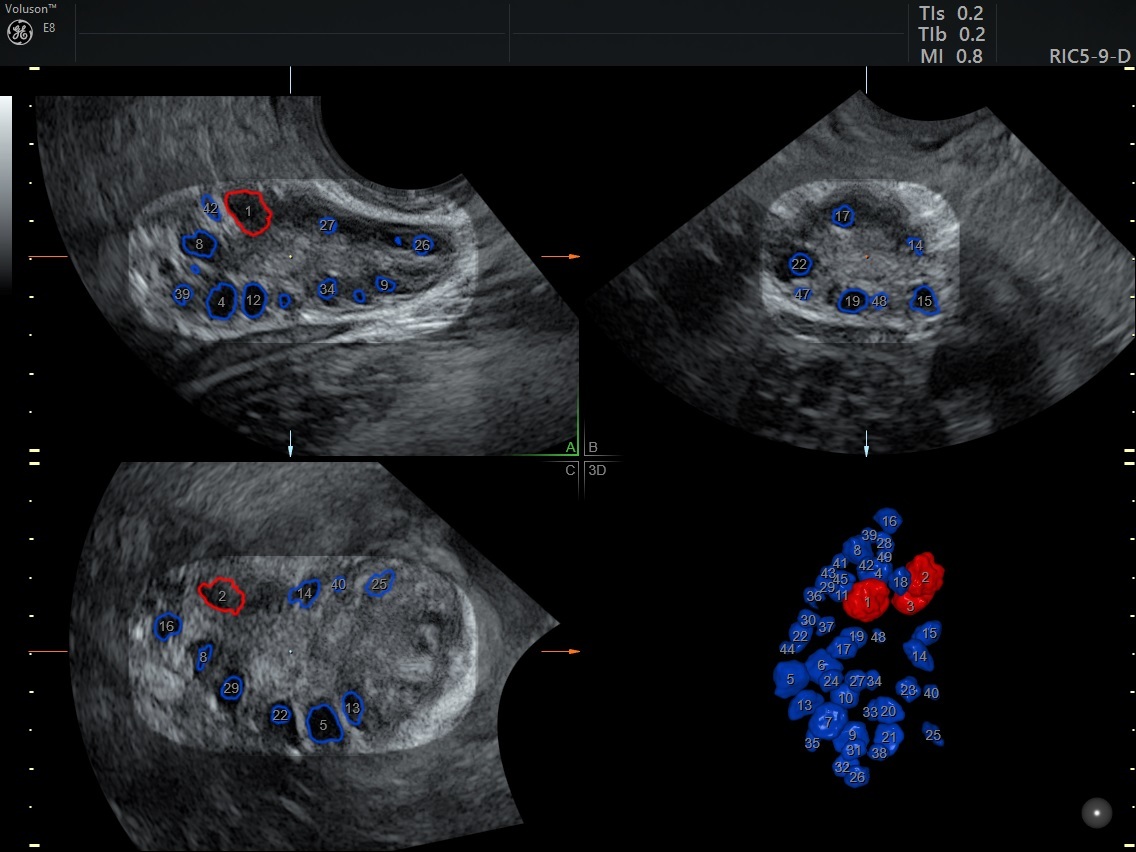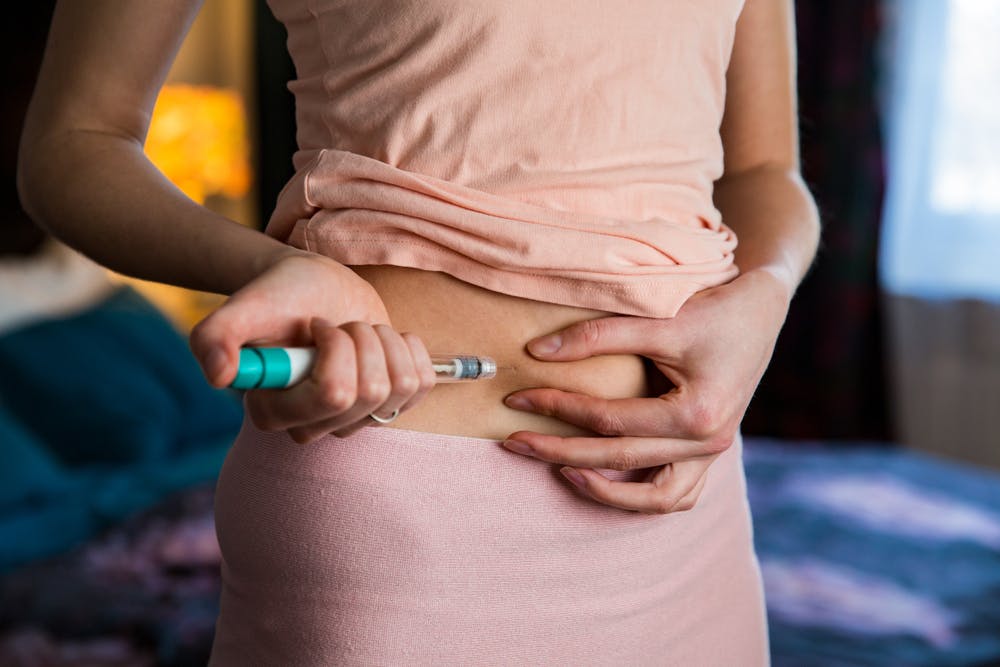One of the unfortunate side effects of fertility drugs is ovarian hyperstimulation syndrome (OHSS). This complication arises after ovarian stimulation during assisted reproductive technology (ART). While ART complications are generally rare, the European Society of Human Reproduction and Embrology (ESHRE) reports that OHSS is the most common ART complication.
According to guidelines published by the American Society for Reproductive Medicine (ASRM), roughly 1 to 5 percent of cycles result in moderate to severe OHSS. However, the true incidence of OHSS is difficult to determine since even ASRM and ESHRE have not yet reached a consensus on a definition.
What Is OHSS?
Ovarian hyperstimulation syndrome typically involves a spectrum of symptoms and signs: ovarian enlargement, hypercoagulability, ascites, hemoconcentration and electrolyte imbalances. Ovarian enlargement, in turn, causes nausea, vomiting and abdominal pain. Ascites can also cause discomfort from increased intra-abdominal pressure.
Severe forms of OHSS can lead to significant complications in other organs such as the lungs and kidneys. These problems can include venous thromboembolism, pleural effusion and acute renal insufficiency. The pathophysiology of OHSS involves arteriolar vasodilation as well as increased capillary permeability; this causes fluid to shift from intravascular to extravascular spaces.
The hormones administered as part of ART often contribute to the blood vessel problems associated with OHSS. Human chorionic gonadotropin (hCG), for instance, sometimes causes vascular endothelial growth factor (VEGF) and related substances like interleukins, tumor necrosis factor-α and endothelin-1 to increase vascular permeability.
What Are the OHSS Risk Factors?
While any woman undergoing ovarian stimulation with gonadotropins can potentially develop OHSS, physicians can work toward prevention or early treatment by identifying patients who may have an elevated risk. Patients with polycystic ovarian syndrome (PCOS) are at a higher risk. Other risk factors include young age and a history of elevated response to gonadotropins, according to the Journal of Human Reproductive Sciences.
One way that clinicians can predict and monitor OHSS is by using transvaginal ultrasound to perform an antral follicle count (AFC). Built-in features on ultrasound machines such as GEHC's Voluson system's SonoAVC™antral (Sonography-Based Automated Volume Count) can make AFCs more efficient, and the measurements easier to reproduce. According to a consensus opinion published in Ultrasound in Obstetrics and Gynaecology, AFC helps to predict both poor ovarian response and exaggerated ovarian response to stimulation in order to identify patients at a higher risk of OHSS.

Automated follicle counting using SonoAVCantral software. Ovary of a patient with PCOS. Numerous peripheral antral follicles surrounding a rather hyperechoic central ovarian stroma.
How Providers Work to Prevent OHSS
ASRM recommends a few specific approaches to help prevent the side effects of fertility drugs and reduce the risk of OHSS. Gonadotropin-releasing hormone (GnRH) antagonists, for example, are associated with a lower incidence of OHSS compared to those that use a GnRH agonist. Researchers believe this to be related to reduced circulating estradiol levels that occur with the use of GnRH antagonist suppression. Other approaches with fair or good evidence for preventing OHSS include:
- Metformin, when used in PCOS patients.
- A GnRH agonist that triggers oocyte maturation prior to oocyte retrieval.
- A dopamine agonist administered simultaneously with an hCG trigger for several days.
Aspirin, calcium and cryopreservation have also shown to have some ability to prevent OHSS in limited studies.
A few other protocols have been tested, but there is not yet enough evidence that they reliably lower the risk of OHSS:
- Adding clomiphene to a GnRH antagonist stimulation protocol.
- "Coasting," the practice of withholding gonadotropins for up to four days at the end of controlled ovarian stimulation.
- A lower dose of hCG to trigger oocyte maturation.
- Albumin.
Reducing the risk of OHSS is an important goal for physicians and patients. Implementing the most effective prevention strategies and using technologies such as 3D transvaginal ultrasound to monitor ovarian response can help lower the incidence of OHSS and ease your patients' minds.


